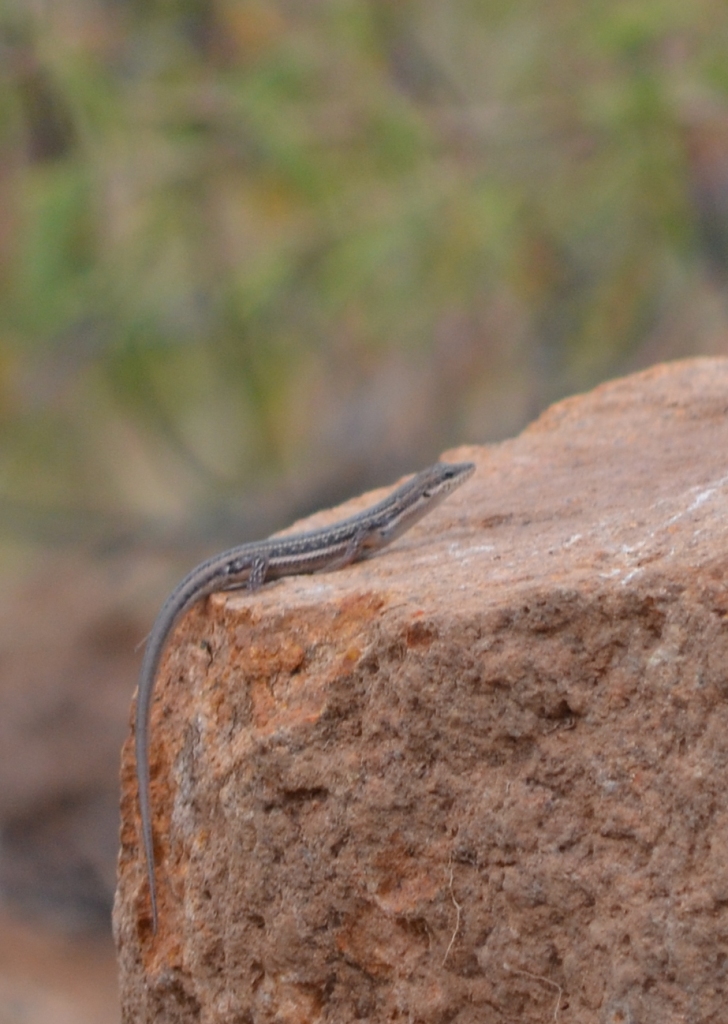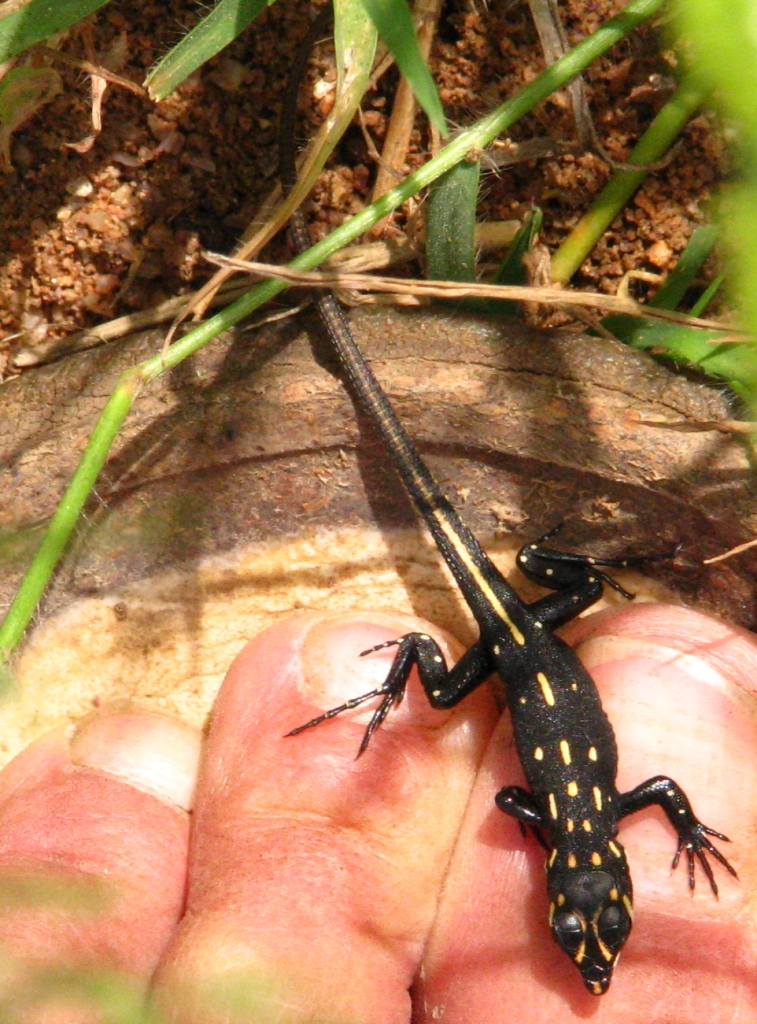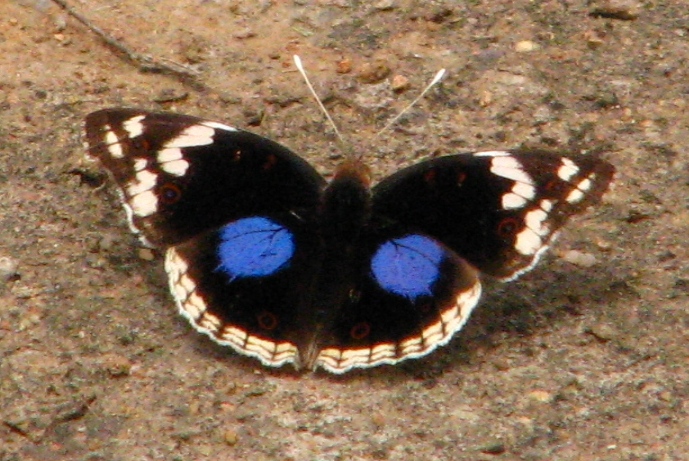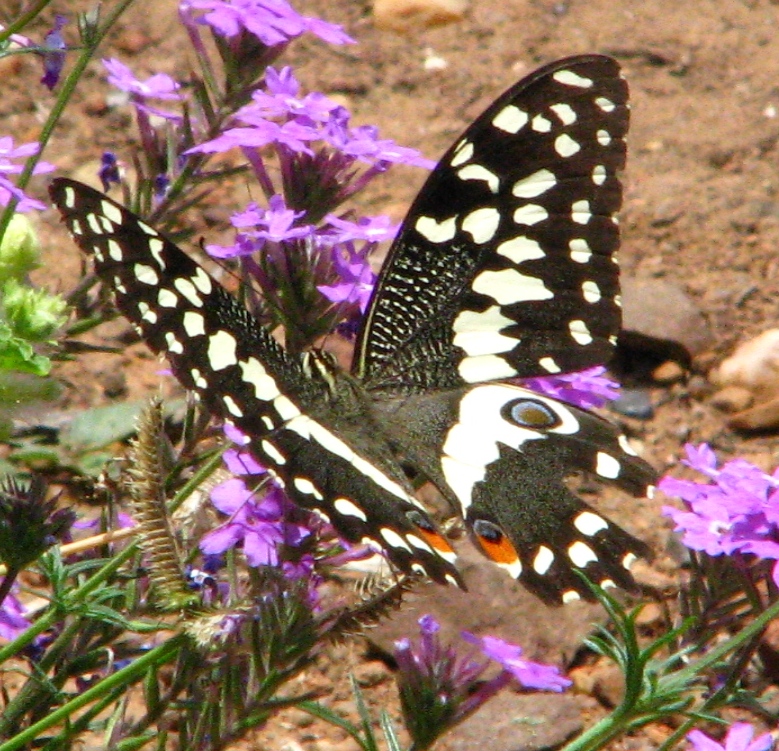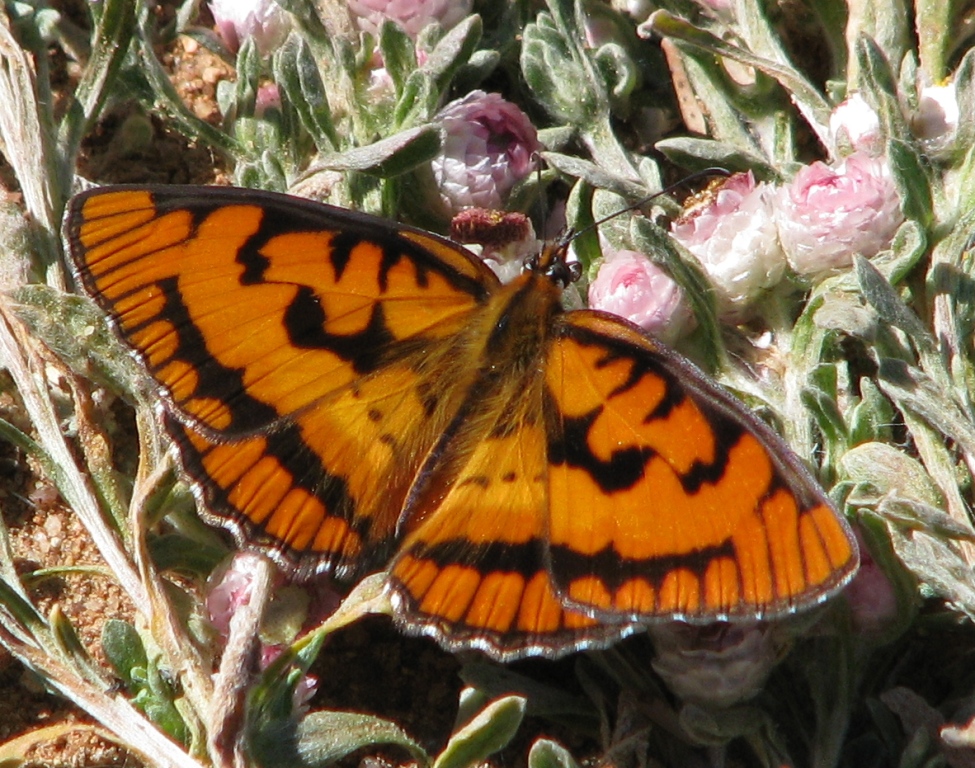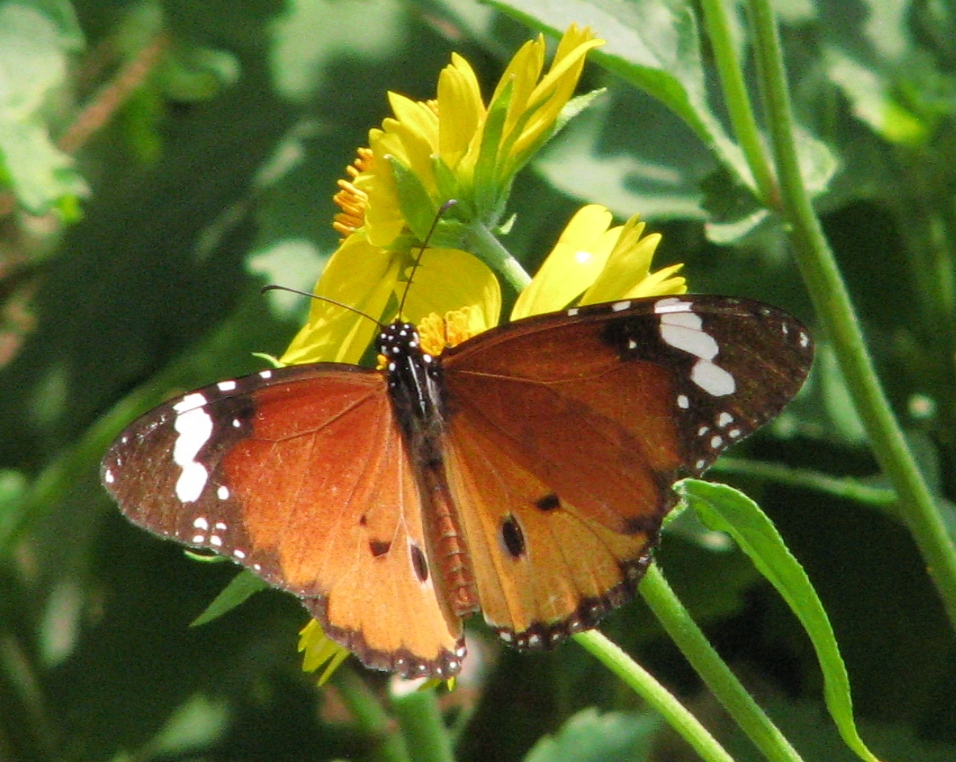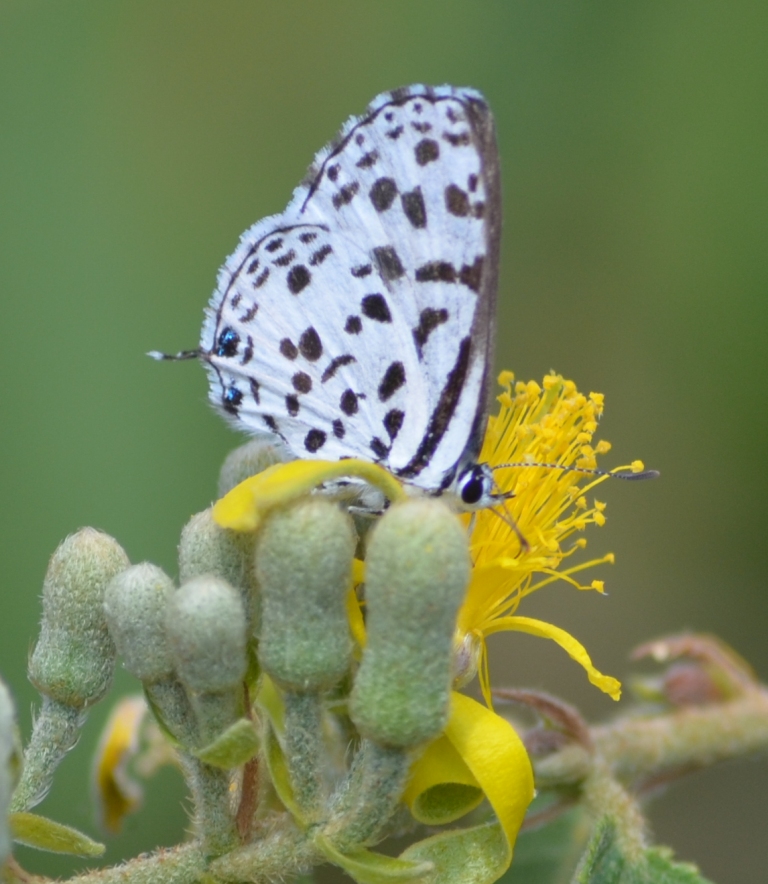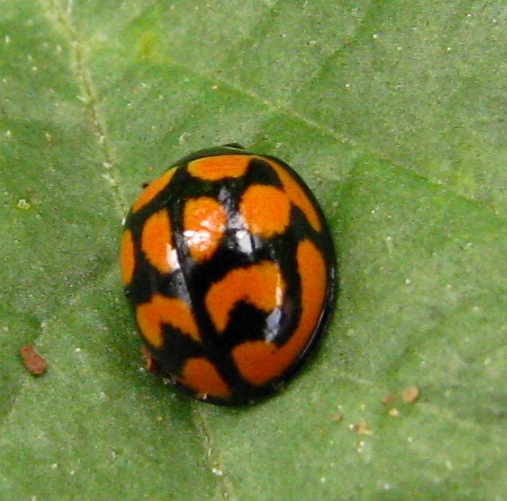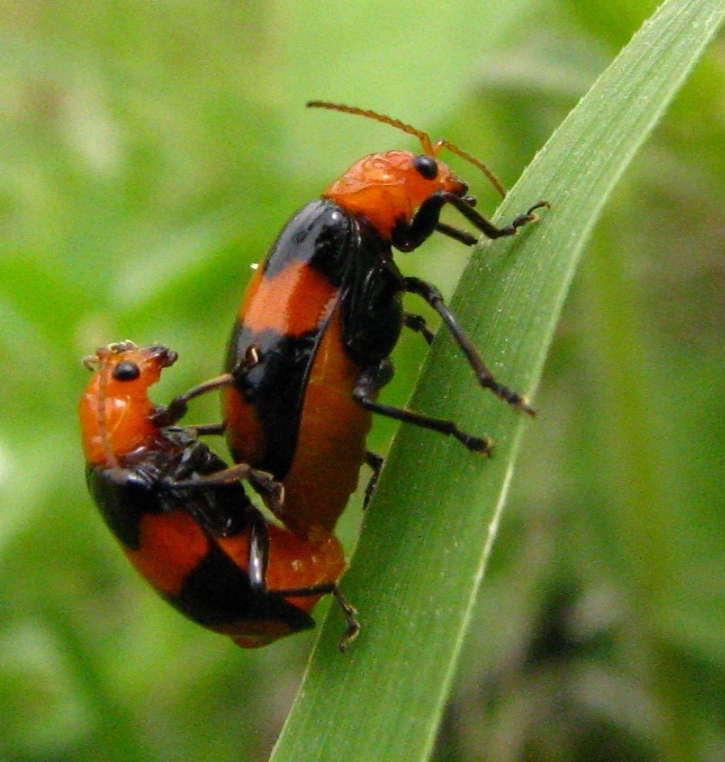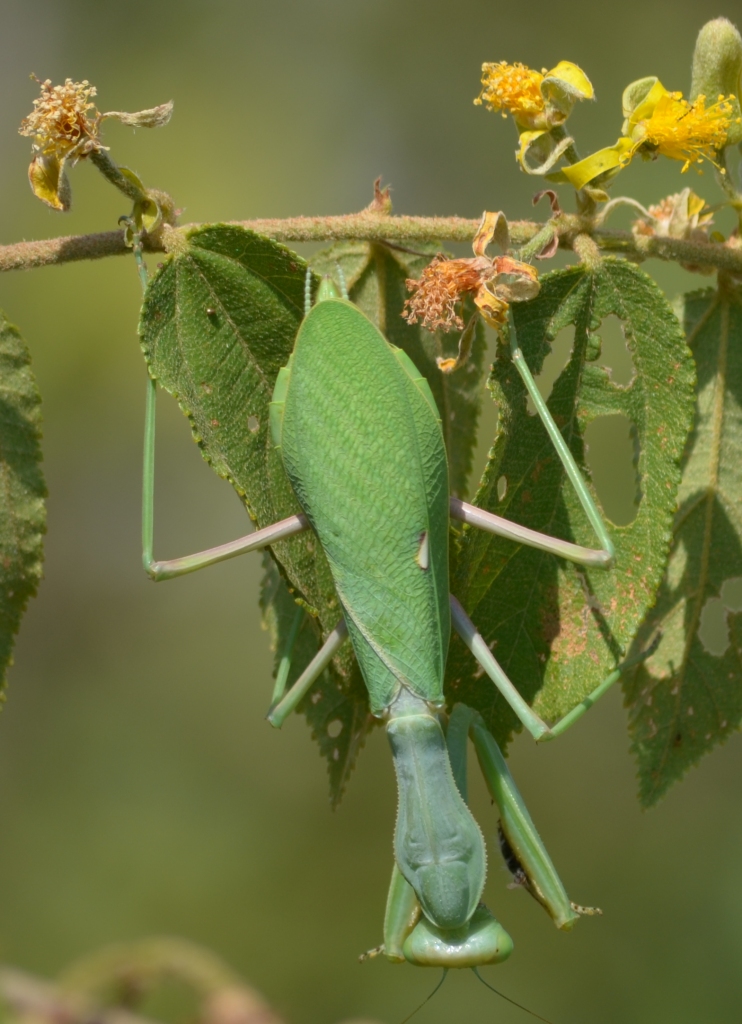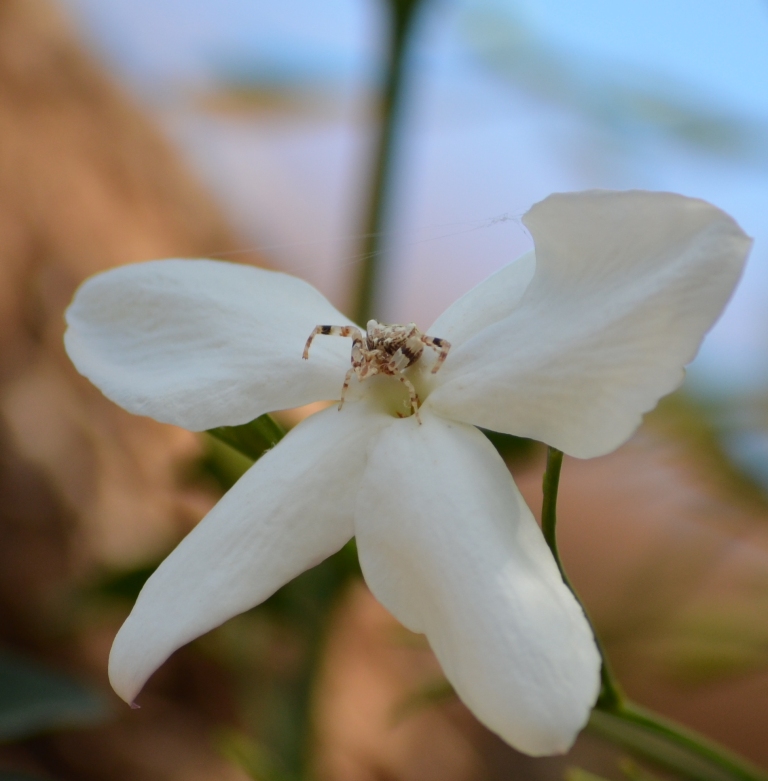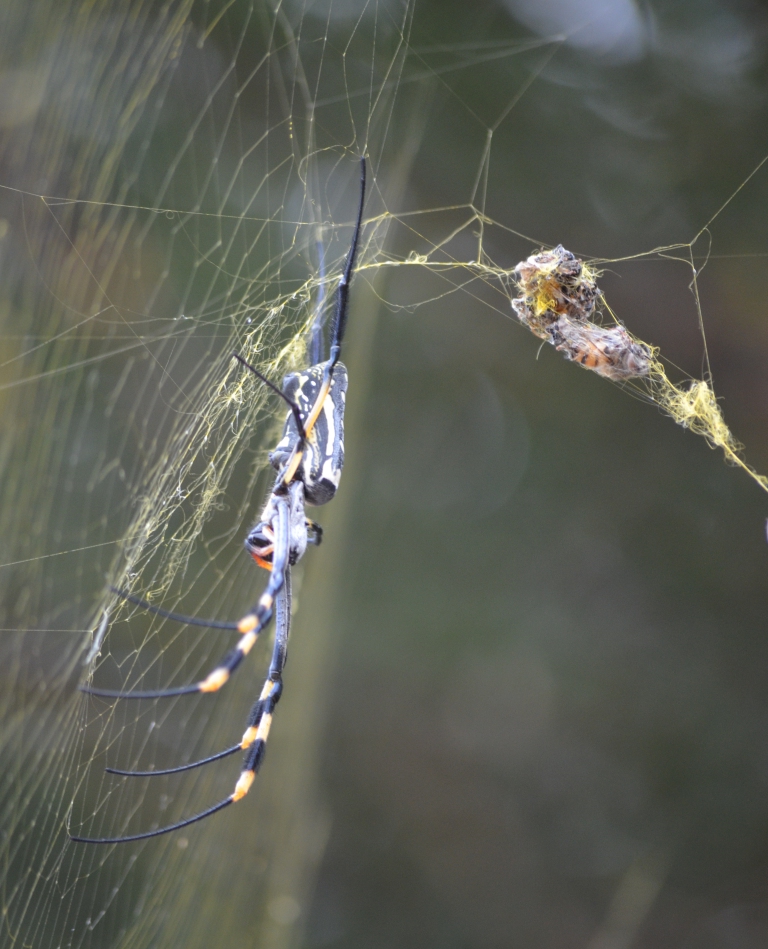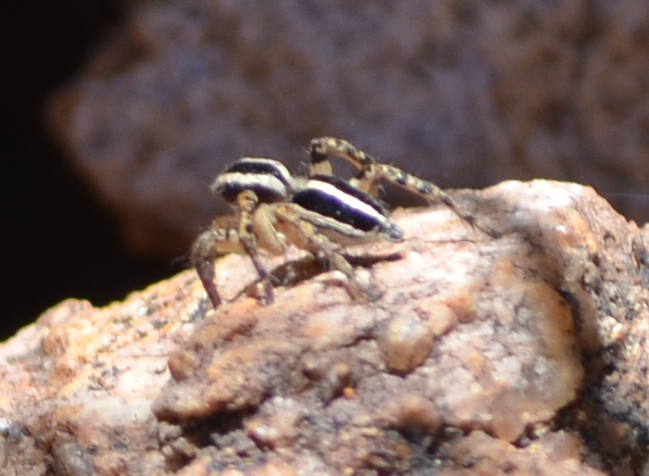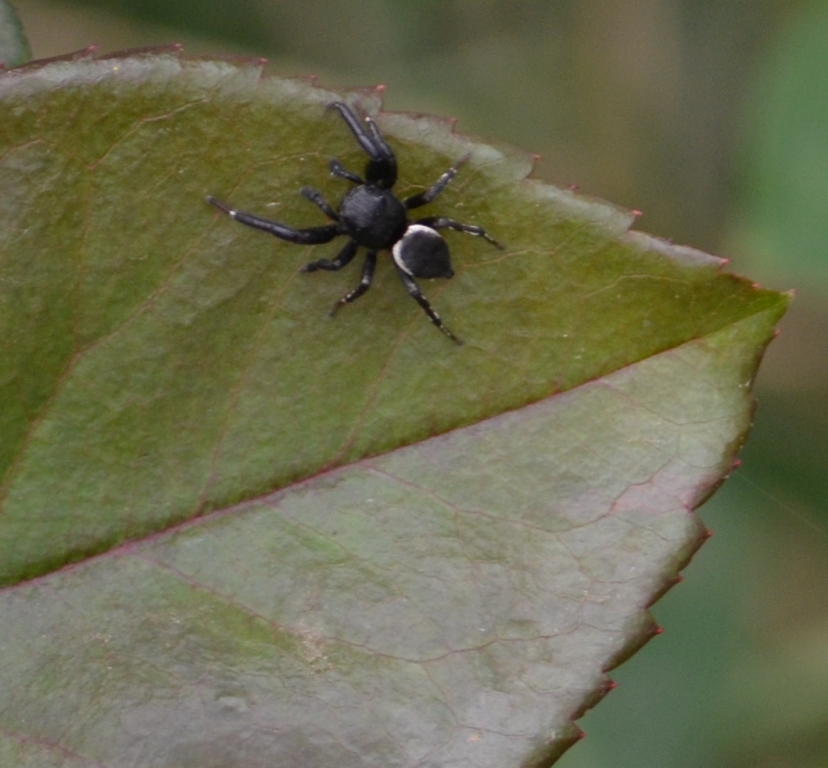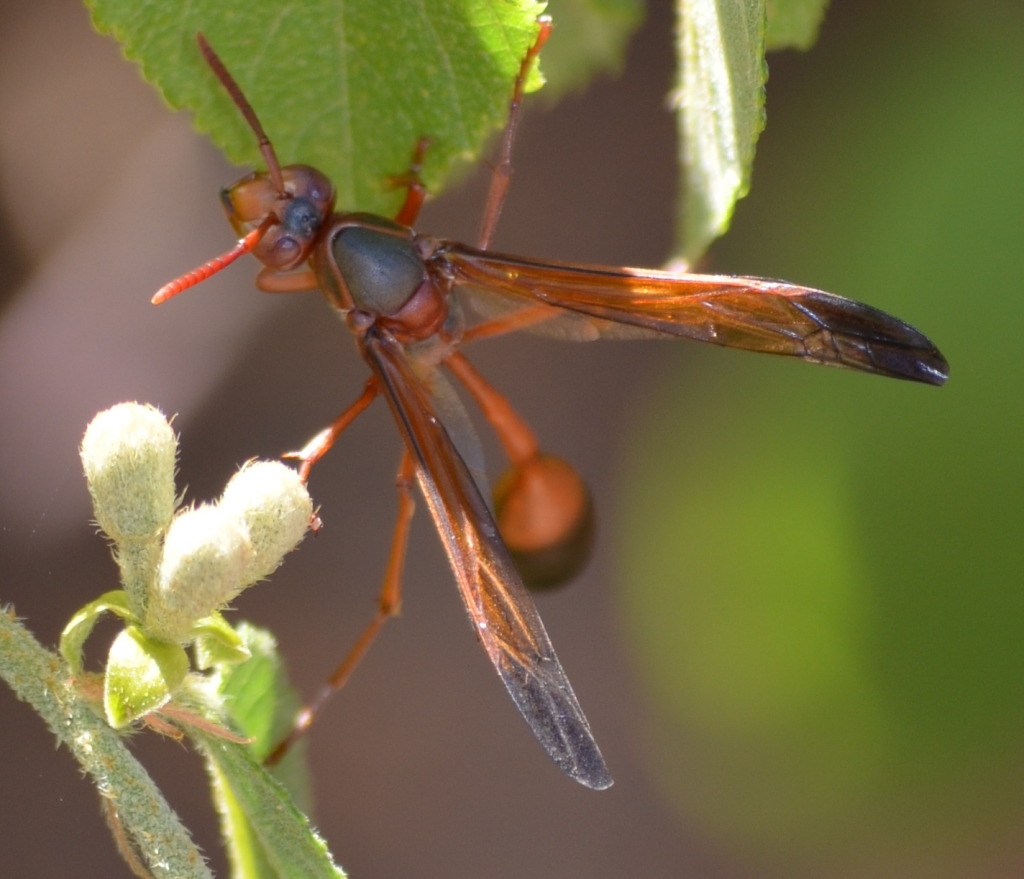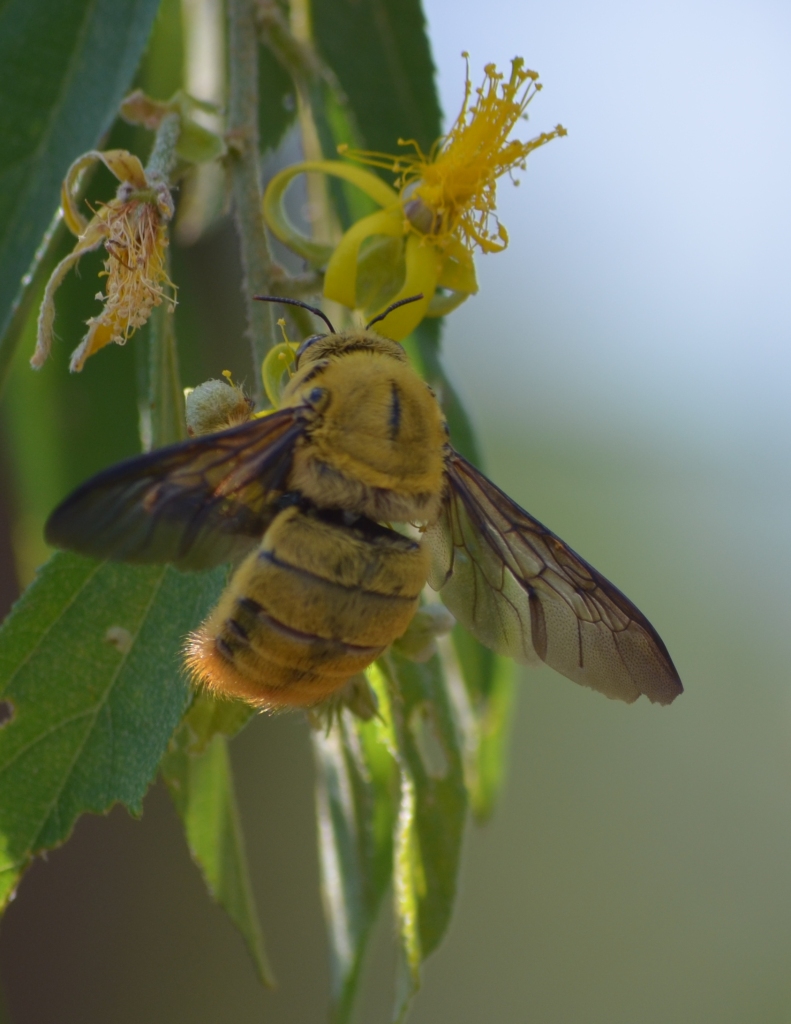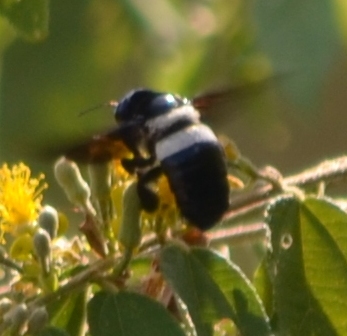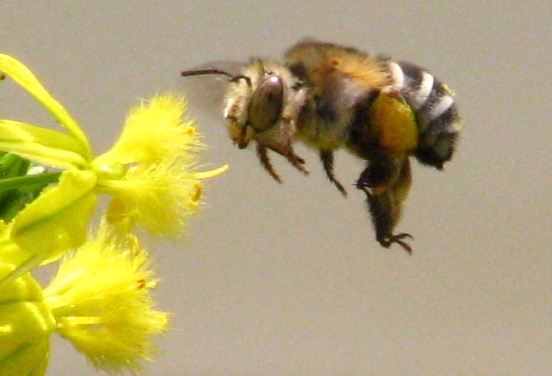OUR WILDLIFE GARDEN encompasses the whole premises: with an indigenous garden featuring numerous wild medlar trees (mmilo), acacias, combretums, grewias, pavetta zeyheri, vitex zeyheri, pappea capensis, african wattle and wild pomegranates.
Wildflowers depending on the time of year are mixed in with several species of savannah grass and include Xerophyta retinervis, nerines, Lapeirousia sandersonii, Hemizygia elliottii (for the full list please click on the pdfs below). Grasses include Aristida species, Eragrostis spp, Melinis spp, Panicum spp, Tristachya spp, Setaria spp, and Cynodon dactylon.
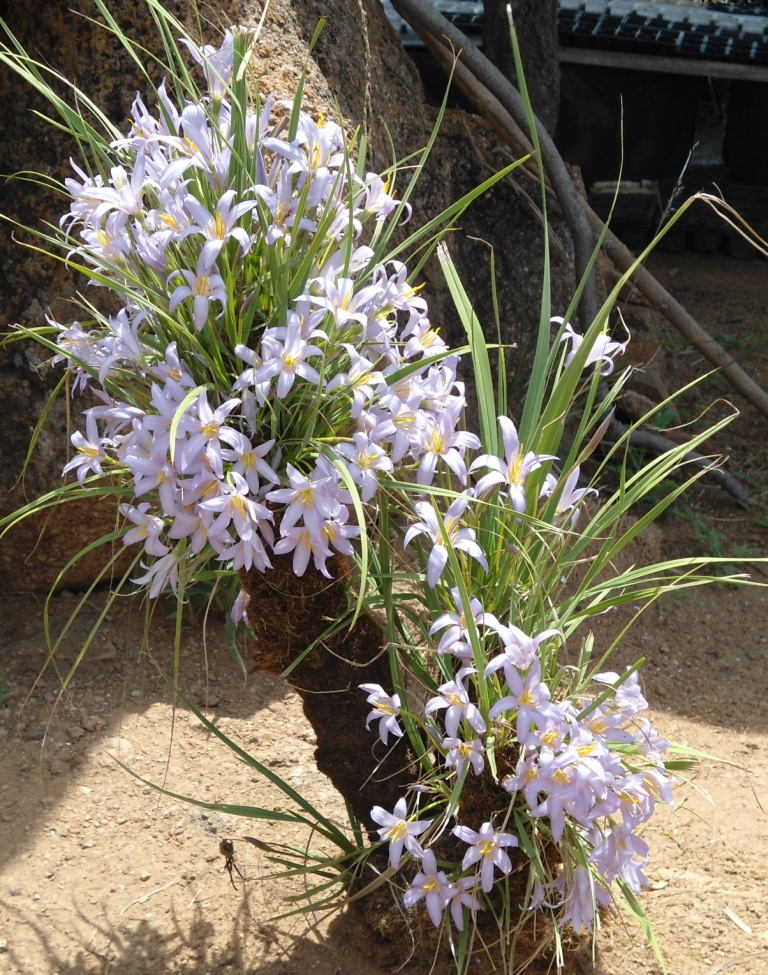
Xeriphyta retinervis 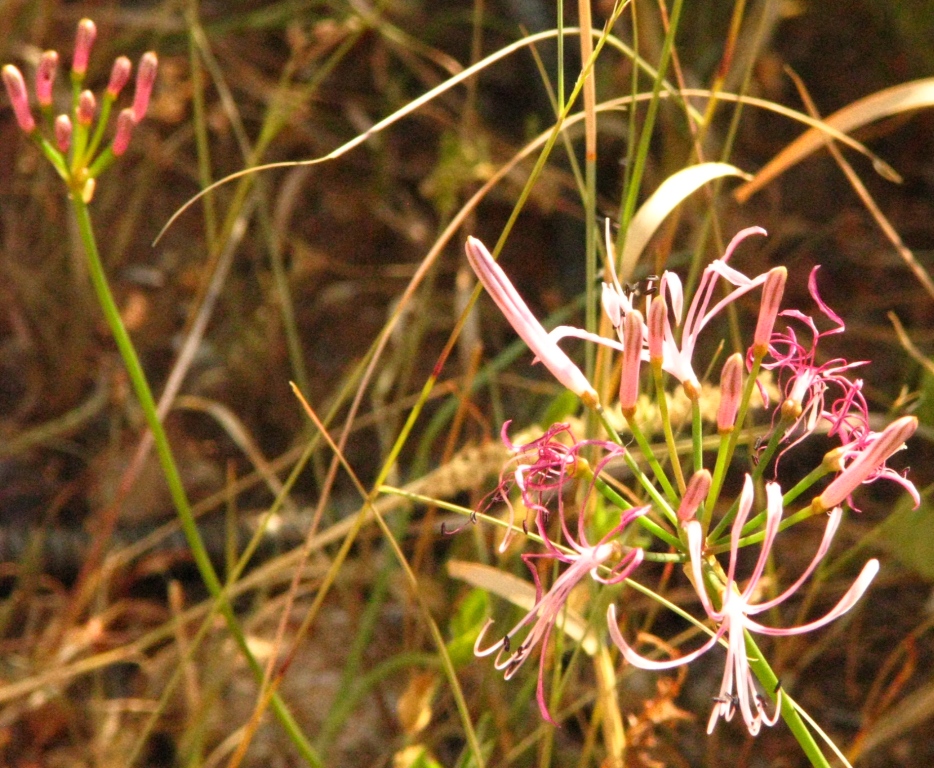
Nerine 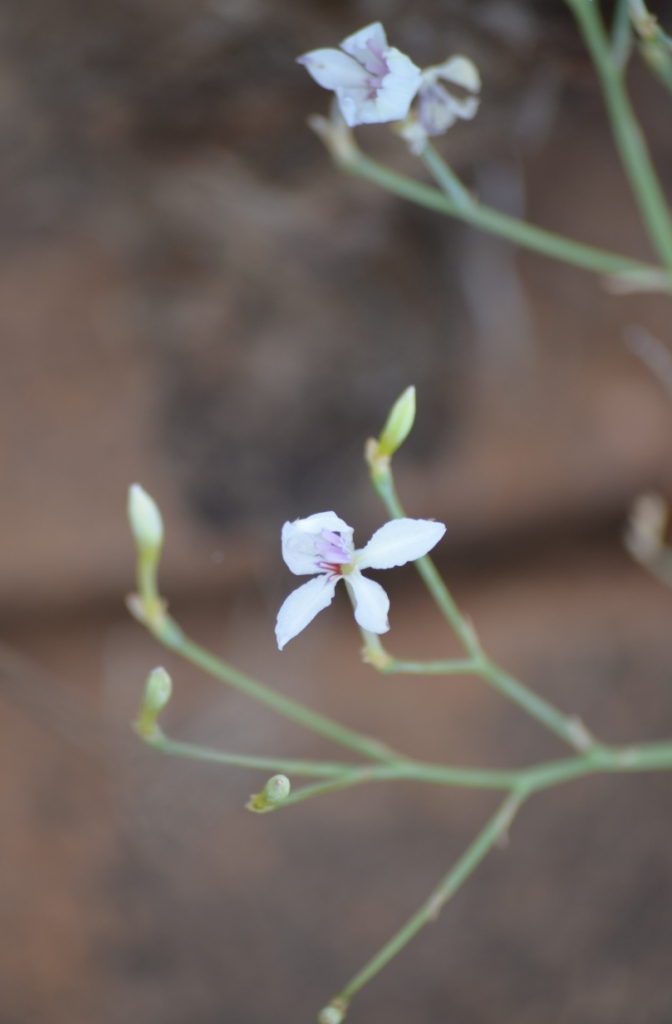
Lapeirousia 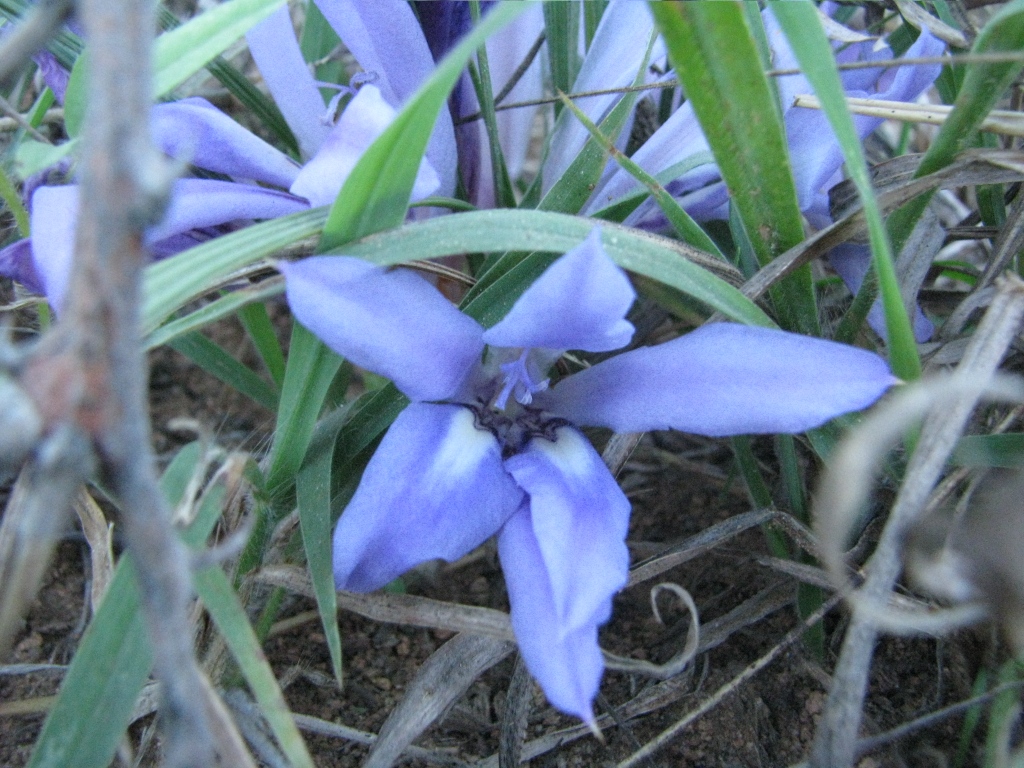
Babiana 
Dicerocaryum 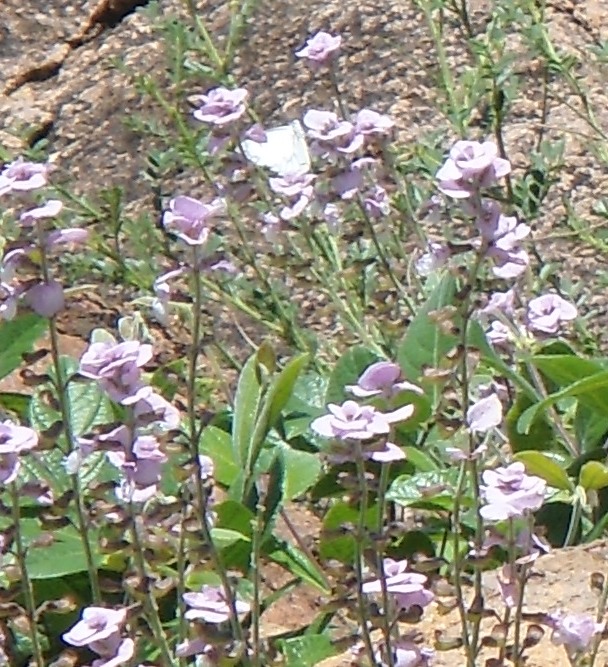
Hemizygia
Sedges are more prevalent at the base of the garden in a small vlei area, and two ponds provide water for the two bee hives, for dragonflies and for resident frogs and toads such as the red banded rubber frog, foam nest frog, guttural toad, raucous toad, common grass frog and bushveld river frog, and other animals and insects found in the area.
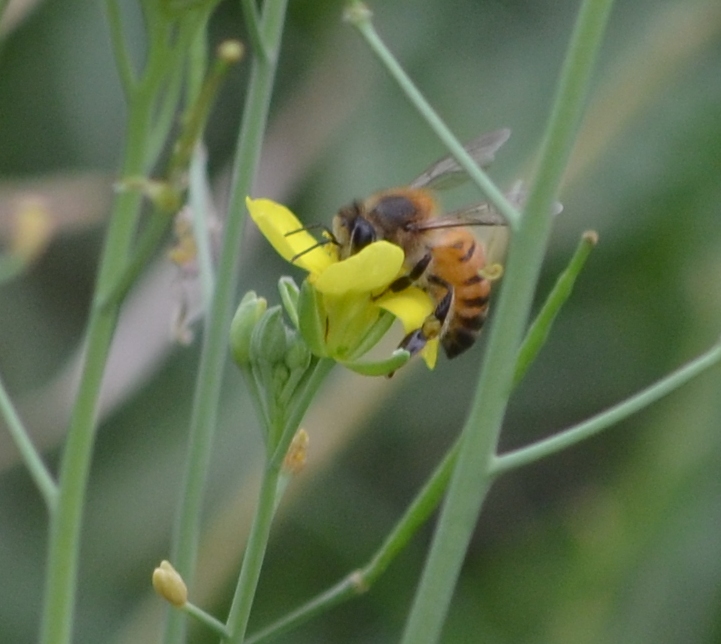
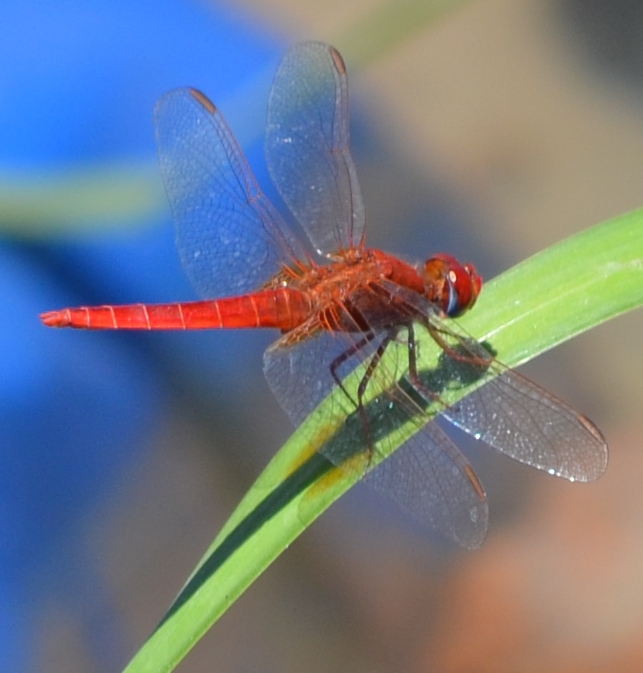
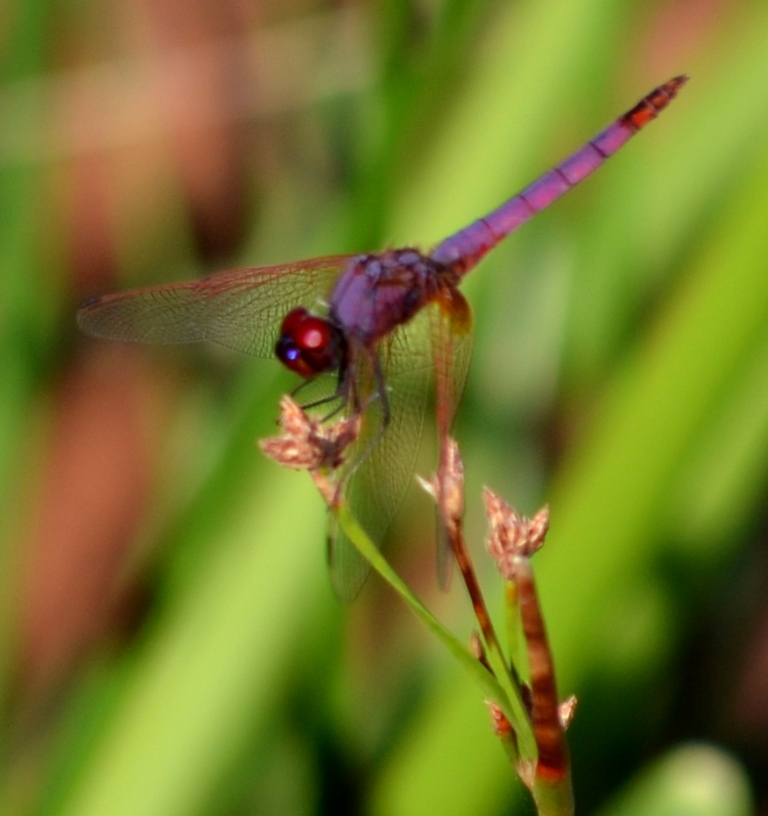
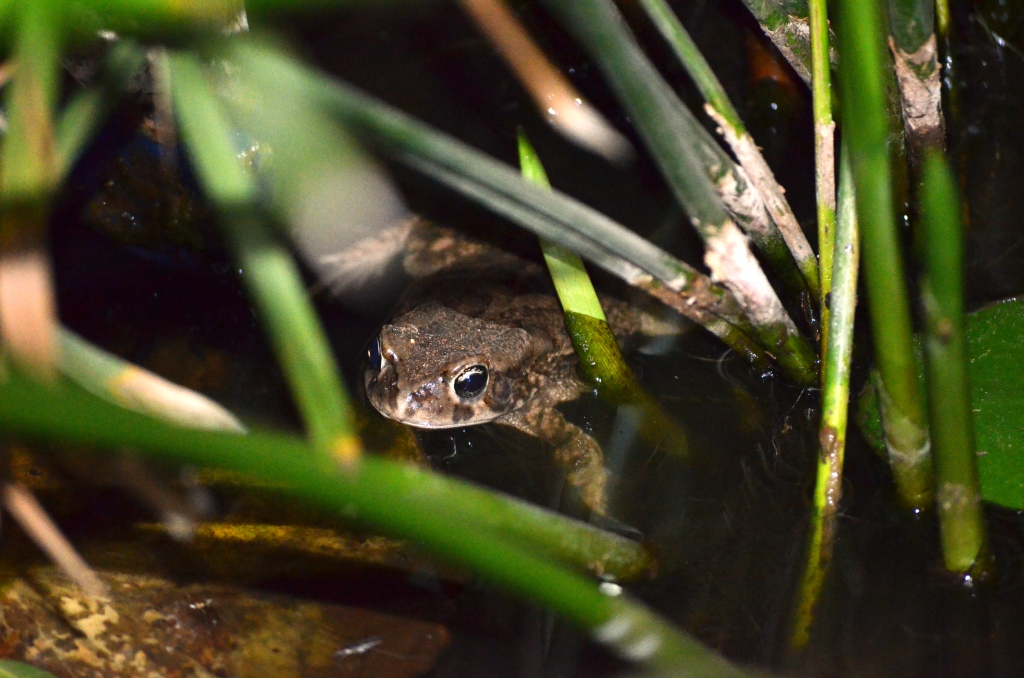


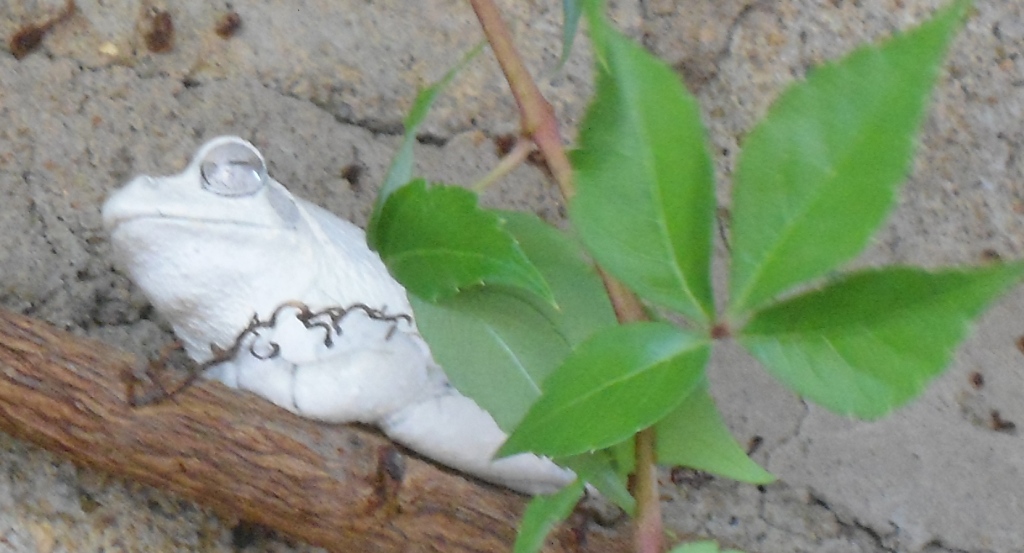
Southern Foam nest frog
Mongoose have nested in one of the two termite mounds, hedgehogs have been seen at night, and a few tortoises are resident in the area. The rocky granite kopjes are inhabited by elephant shrews, skinks, lizards, scorpions and snakes – the latter two only rarely seen and mostly at night.
Birdfeeders, birdbaths, and scrubby bush, attract birds to the garden. Grewias attract bulbuls, mousebirds, and barbets. The plethora of insects attract bee-eaters and kingfishers. While the dideric, jacobin cuckoos, green wood and african hoopoes are seasonal visitors. Kites, eagles and the occasional vulture can be seen circling above, while bats and owls usually come out at night.
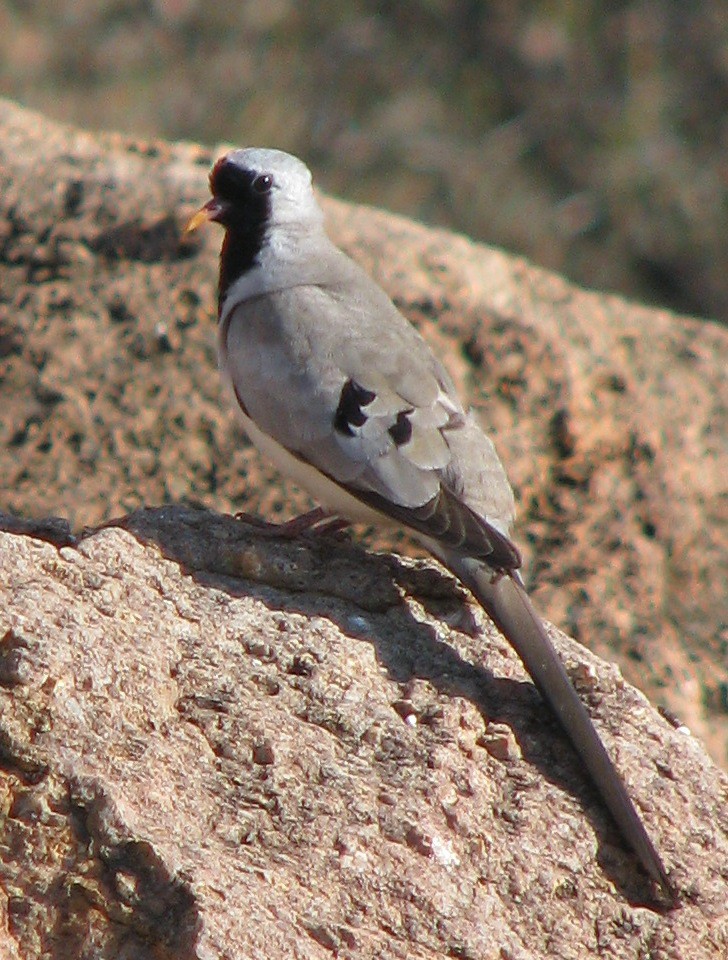
namaqua dove 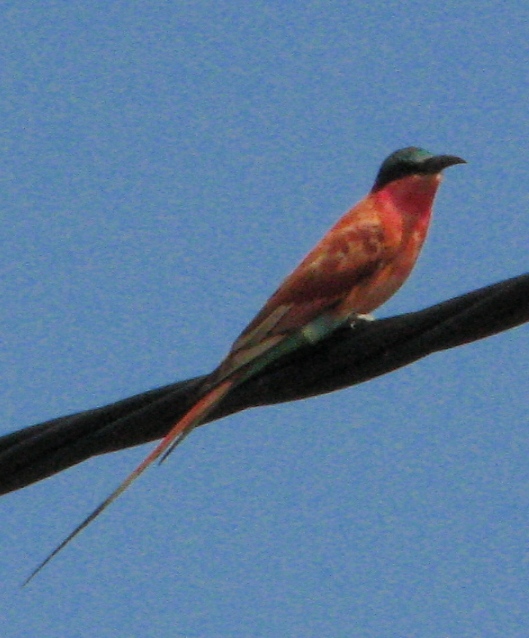
carmine bee-eater 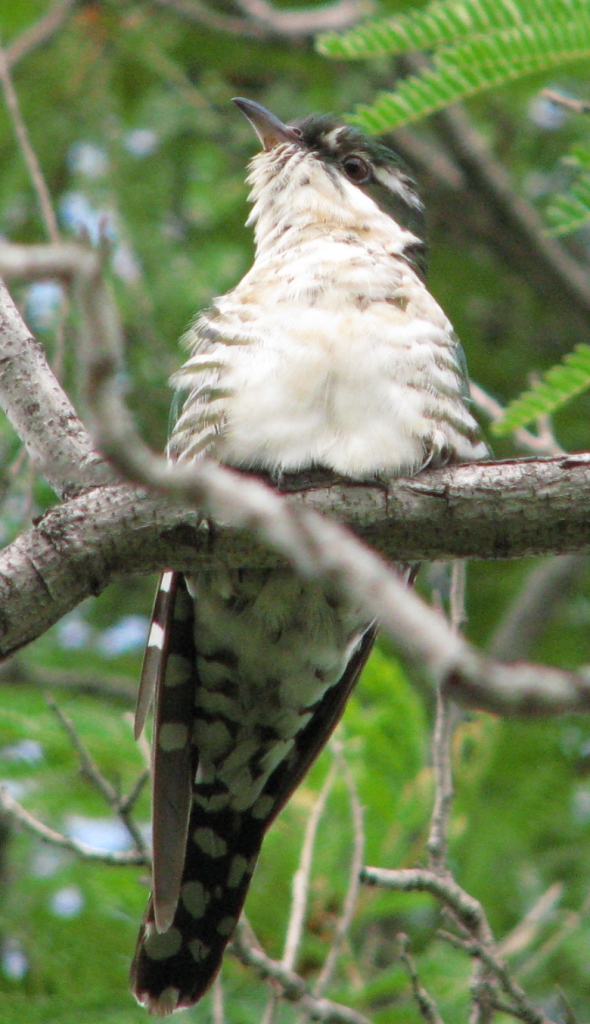
dideric cuckoo 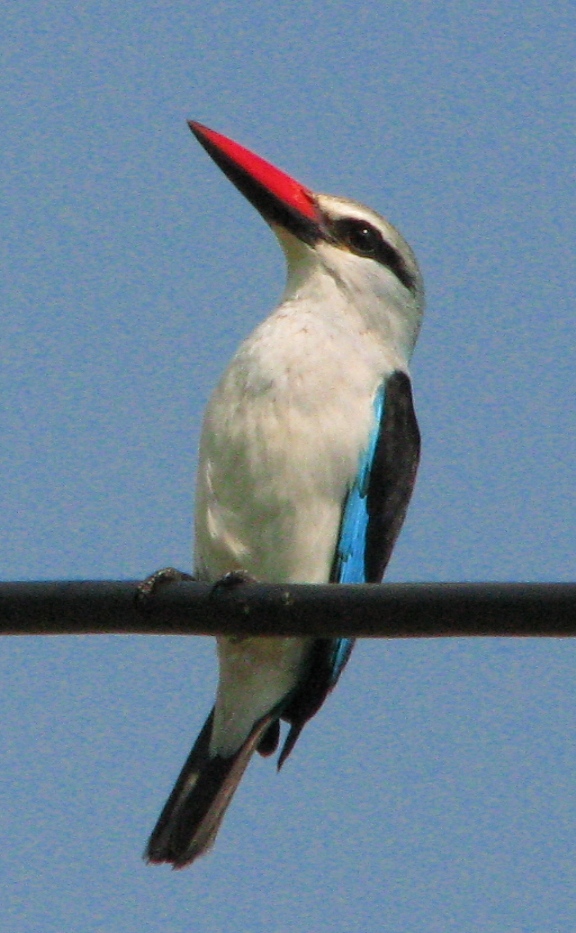
woodland kingfisher

Weed species and small muddy areas attract butterflies like the blue and yellow pansy, the citrus trees in the orchard attract the swallowtails. Diadems, african monarchs, white cloaked skippers, brown veined whites, painted ladys and spotted jokers are frequent visitors.
Insects make up the largest percentage in residents and visitors: from grasshoppers, mantids, stink bugs, water skippers, milkweed beetles and ladybirds.
Spiders profit from the insect population, and range from small jumping and fishing spiders, to large golden orb spiders, baboon spiders and red roman solifuges.
Grewia flowers attract bees and wasps hunting for pollen or caterpillars like carpenter bees, honey bees, potter and paper wasps.
Extraordinary creatures abound in the undergrowth, like this orange plume moth:
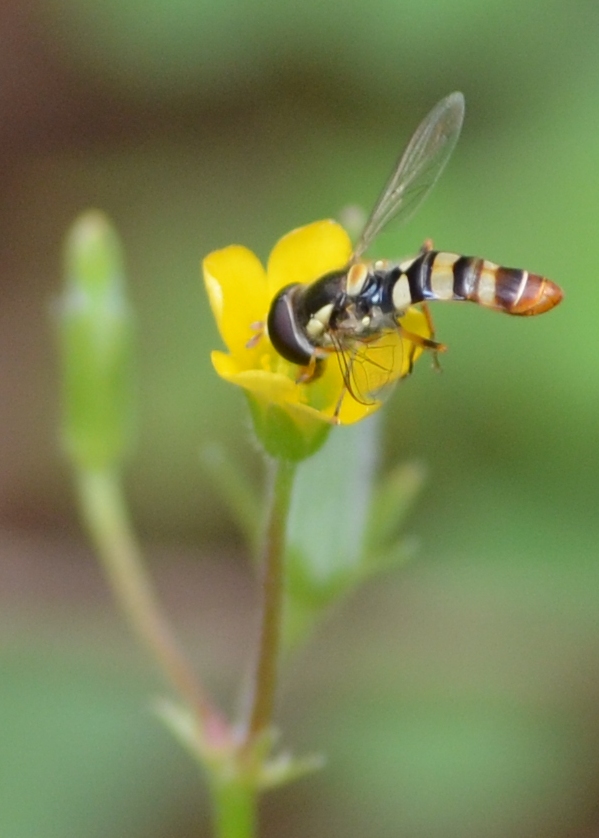
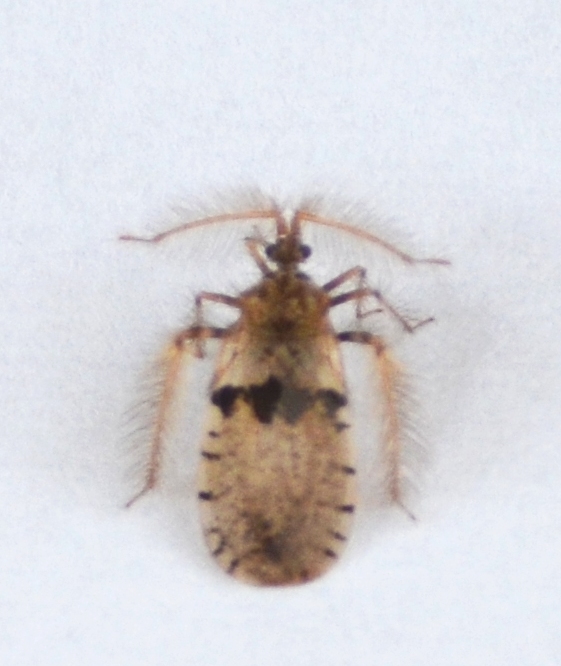
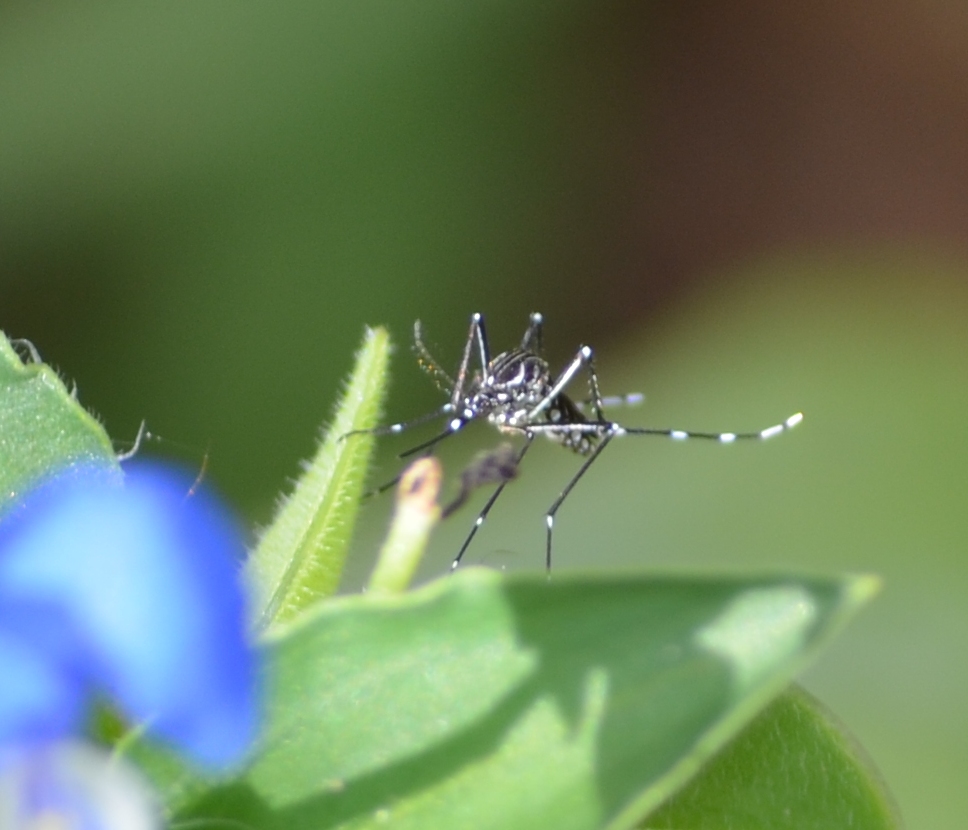
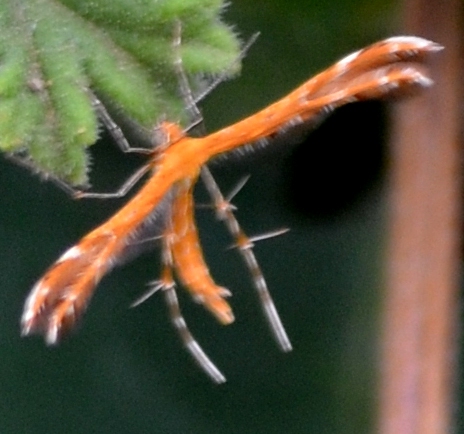
orange plume moth 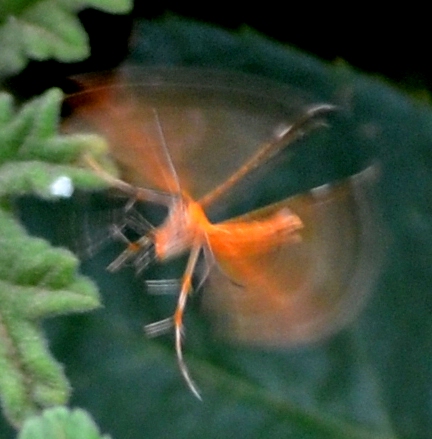
orange plume moth flying

